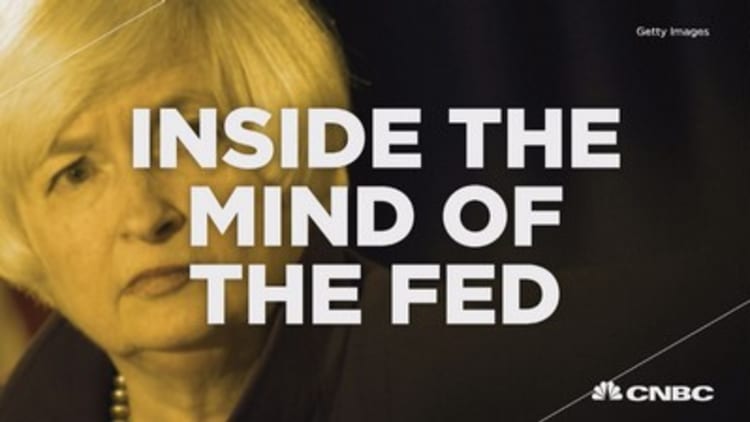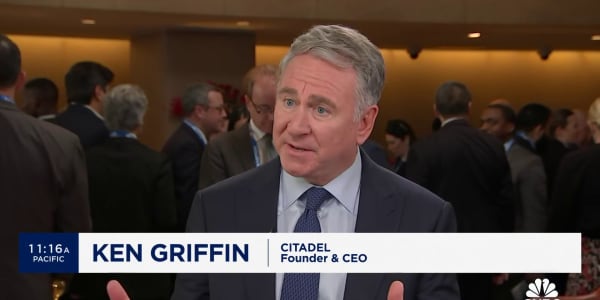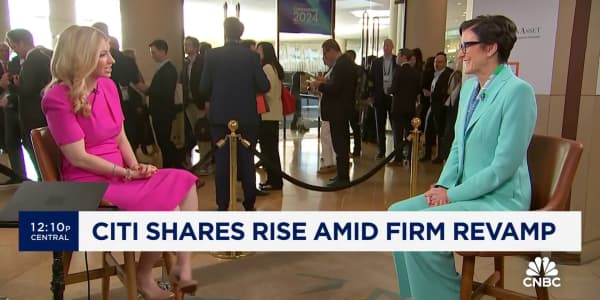
Two words will frame the Federal Reserve's path ahead: "data dependent." If history holds, though, the phrase is more campaign slogan than reliable policy standard.
Almost since it began its ultra-easy policy in late-2008, the Fed has stressed the importance of tying economic metrics to policy moves. When it came to decision time, however, the U.S. central bank's Open Market Committee has consistently moved the goalposts when any data point came close to meeting its prescribed targets.
Unemployment, for instance, has long since dropped below the original stated 6.5 percent threshold that would trigger a rate hike. Gross domestic product, which is the broadest measure of economic growth, has had just three negative quarters total since the recession ended in mid-2009, and each of those came in the first quarter—2011, 2014 and 2015. The first two were followed by growth of 2.9 percent and 4.6 percent, respectively, and the second quarter of 2015 is tracking at 2.1 percent, according to the Atlanta Fed.
The only data point on which the Fed has been able to reliably hang its money-printing zero-interest rate hat on has been inflation. According to the government gauges the central bank follows, inflation has been held in check despite surges in food prices and other day-to-day expenses.
Inflation, though, has felt more like rationalization than rationale for the current policy. While the overall picture indeed has remained muted, the condition is the same through most of the developed world. Moreover, there has been scant evidence that aggressive Fed policy will propel the kind of "good" inflation the FOMC so desires.
Read MorePaulsen: Fed missed its 'exit ramp' to raise rates
What has seemed to drive the Fed far more than economic data is market conditions—namely the movements of stocks and bonds, regardless of what the broader economic data were showing. (Tweet this)
The first round of quantitative easing—the Fed's bond-buying program that swelled its balance sheet to $4.5 trillion—began in November 2008 with the economy and markets tanking, and unemployment on a climb that would take the headline rate from 5 percent to 10 percent in just 18 months.
However, the second round—QE2—occurred in late 2010 with unemployment on a steady downward trajectory, ending the year at 9.3 percent, and GDP posting six straight quarters of growth. The easing trigger then seemed clearly to come from a market that was in a spiral lower, falling just short of 20 percent correction territory when then-Chairman Ben Bernanke tipped his hand in the summer of that year.
Similarly, QE3 began in September 2012 with GDP growing at a 2.3 percent rate and unemployment all the way down to 7.8 percent. Stocks, though, were in a volatile stretch with two near-correction slides, and the Fed stepped in.
Read MoreFed's worst nightmare: The 'ghost of 1937'
Peter Boockvar, chief market analyst at The Lindsey Group, explained the bind the central bank has gotten itself into through its market-dependent approach to policy:
If one is looking for a recession to see the next bear market, it is the markets itself that will lead to the next recession and bear market (whenever that is to occur) due to a tightening of financial conditions as asset price inflation is what has buttered our bread in this expansion and the two previous ones. A drop in asset prices (tech stocks and home prices) is what drove the prior two recessions, not the other way around. This is what happens when the Fed creates an asset price dependent economy rather than the old days of asset prices reflecting the underlying fundamentals.
Investors have been treating the Fed's QE exit in October 2014 with some skittishness, though they've not been particularly panicky, either. Major averages have vacillated from flat to slightly positive through the year, though government bond yields have been on the rise.
Throw in the crisis in Greece and its potential reverberations and you get an even more market-dependent Fed.
Whether the market can hold up through the increased likelihood of Fed tightening is more likely than any data point to determine how quickly the FOMC charges ahead, if at all, with tightening.






